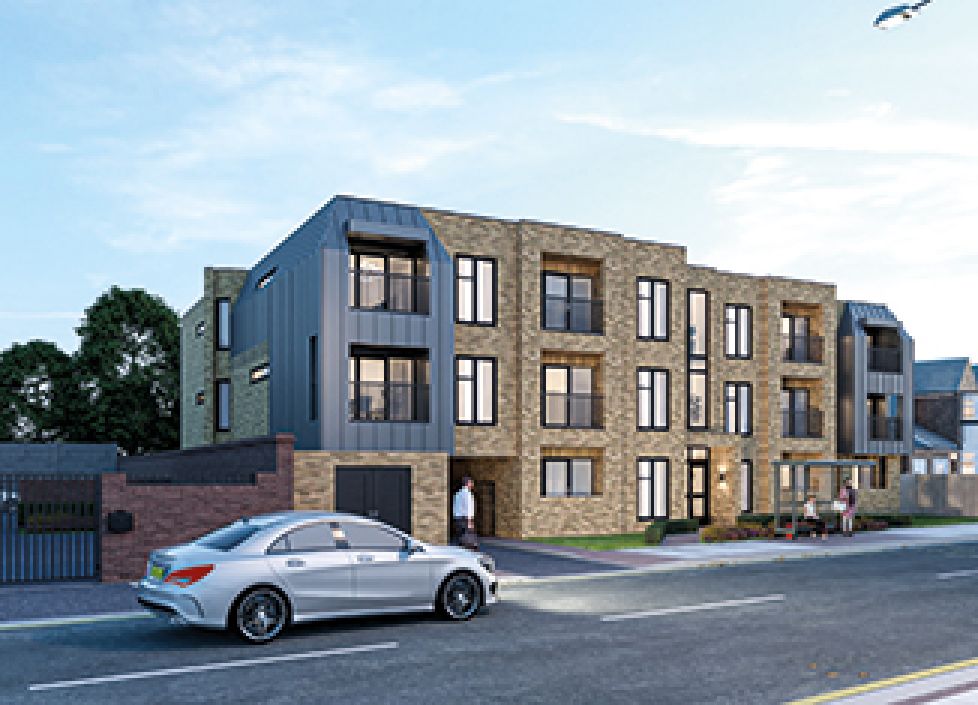The MHCLG has announced a ‘surprise’ consultation on its latest shake up of the general permitted development order. The proposal is for a new permitted right allowing buildings to change use from Class E to Residential.
If this ‘consultation’ comes into effect, then it would significantly broaden the scope of the existing residential conversion rights - as it would not only apply to offices, light industrial and retail, but also to restaurants, gyms, medical facilities and crèches.
The new right is intended to apply to ALL Class E buildings, regardless the size of the property in question. It is also intended to apply in Conservation Areas. The only proposed geographic carve outs are:
- Areas of Outstanding Natural Beauty,
- the Broads,
- National Parks,
- areas specified by the Secretary of State for the purposes of section 41(3) of the Wildlife and Countryside Act 1981, and
- World Heritage Sites.
The usual exclusions for listed buildings, sites of special scientific interest; scheduled monuments; safety hazard areas; military explosives storage areas and sites subject to an agricultural tenancy would continue to apply.
Nicola Gooch, Planning Partner at Irwin Mitchell said: “The new Class E to Residential PD Right is the biggest and potentially most radical of the changes proposed yesterday. Not least because, despite the entire justification for it being related to high streets, the rights are not limited to high street properties. They will, in fact, apply to every GP's surgery, retail park, business park, gym, crèche, nursery or light industrial unit in England** that existed and was in use on 1 September 2020.”
She continues, “There is a nod to preserving high streets in conservation areas, but it does seem to be just that - a nod. The intention is to include specific prior approval criteria allowing councils to consider the "impact of the loss of the ground floor use to residential" in conservation areas.”
The proposed list of matters to be subject to the prior approval process is remarkably short.
Currently all that is proposed are Prior Approvals relating to:
- flooding, to ensure residential development does not take place in areas of high flood risk
- transport, particularly to ensure safe site access
- contamination, to ensure residential development does not take place on contaminated land, or in contaminated buildings, which will endanger the health of future residents
- the impacts of noise from existing commercial premises on the intended occupiers of the development
- the provision of adequate natural light in all habitable rooms
- fire safety, to ensure consideration and plans to mitigate risk to residents from fire; and
- the impact on the intended occupiers from the introduction of residential use in an area the authority considers is important for heavy industry and waste management
The application process is intended to be similarly light touch. The list of required documents being limited to:
- detailed floor plans showing dimensions and proposed use of each room, including the position of windows;
- any information necessary for the consideration of the matters for prior approval, and
- an appropriate fee
MHCLG are proposing a fee of £96 per dwelling, capped at a maximum of £4,800.
There are many other changes proposed in the consultation, including new PD rights for public sector and infrastructure schemes, a new streamlined application process for public sector developments and a consolidated and simplified GDPO that takes into account the creation of Use Class E.
However, the new Class E to Residential PD Right is the biggest and potentially most radical of the changes proposed.
“Given the impact that Covid-19, and the associated restrictions, have had on the economy,” said Gooch, “there will be a real temptation for commercial landlords to flip vacant units to residential before looking at other, more traditional, commercial uses for them.
If this is enacted, unless Councils are very quick off the mark with their Article 4 Directions, the future of many high streets may very quickly become predominantly residential...”
Class E of the Use Classes Order 1987 (as amended) was introduced on 1st September 2020 and covers the former use classes of A1 (shops), A2 (financial and professional), A3 (restaurants and cafes) as well as parts of D1 (non-residential institutions) and D2 (assembly and leisure) and puts them all into one new use class.




















